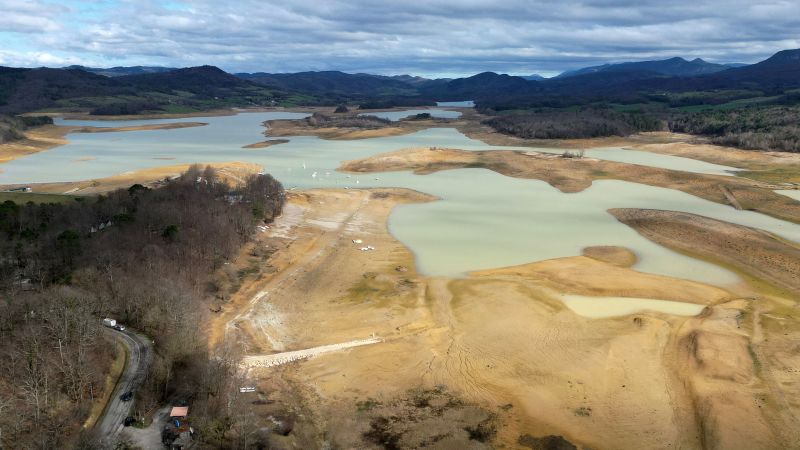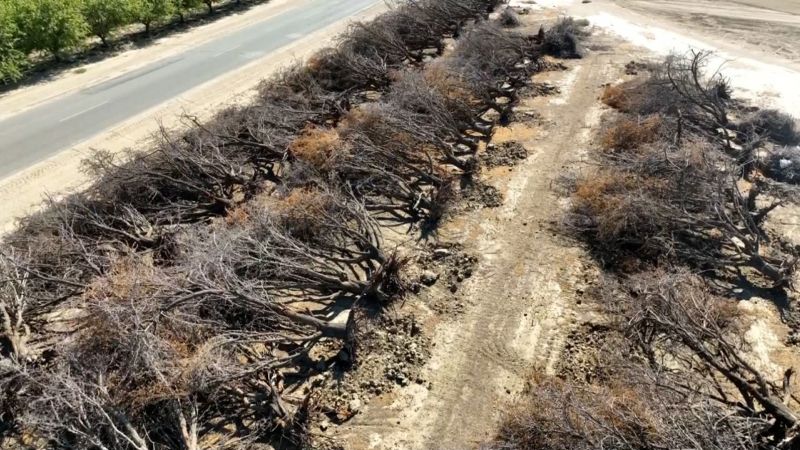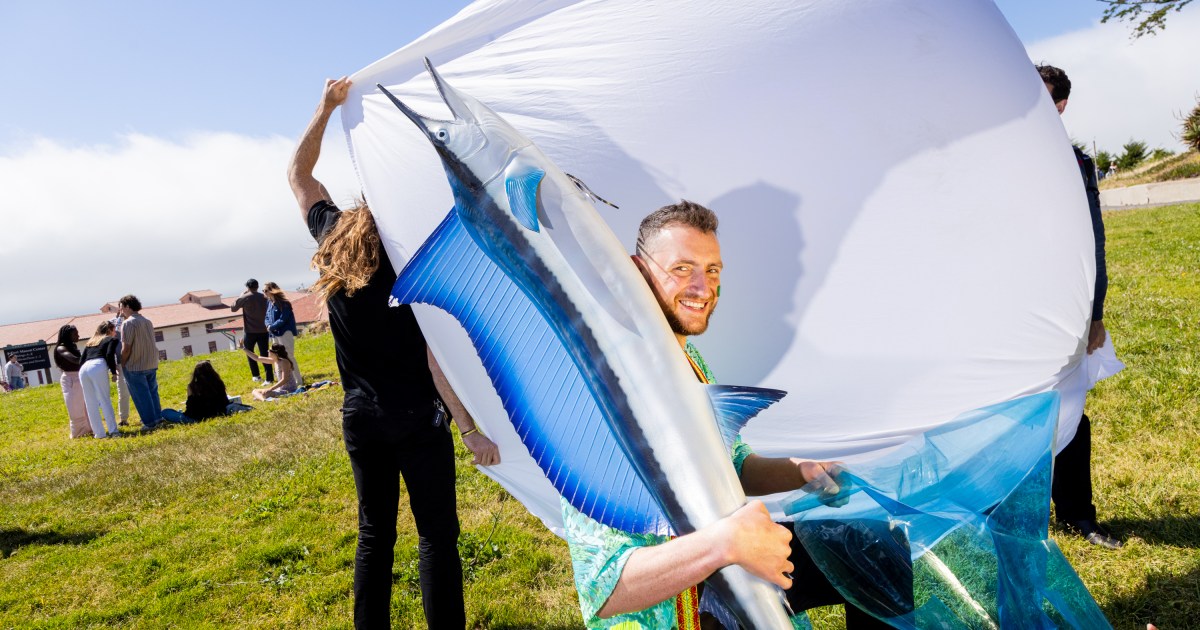North Dakota
He came to North Dakota from Denmark for farm experience; he stayed to raise a family

LAKOTA, N.D. — Mass Pedersen is a longtime employee of a North Dakota farm, fulfilling a dream he had in his home country of Denmark.
“I always had a dream, just go try it,” Pedersen said while baling hay at Scot Nelson’s Lakota, North Dakota, farm.
Pedersen gave working in North Dakota a try in 2004, at first on a J1 training visa, that brought him to Lakota in 2004.
He knew someone in Denmark who had worked for Nelson. That meant he did the process “backwards,” already having a job offer before he got his visa and not having to go through a placement process.
He has since helped recruit other workers from Denmark and has obtained a green card to work in the U.S. permanently.
Nelson said such recruiting is common.
“If we have a new new employee, typically they’ve been referred by one of our former employees,” Nelson said.
But Pedersen says wages in the U.S. hold some potential workers back.
He said when factoring in the housing and transportation that H2A employers are required to provide, that he figured he had roughly an equal amount of disposable income at the end of each month as he would have back in Denmark.
But there also is time and expense that go into obtaining a visa.
“It’s not as easy as just flying into the country,” Pedersen said.
Nelson has used numerous international workers over the years, primarily from Denmark, Ukraine and Moldova, and has helped sponsor other employees to become U.S. citizens.
There also is a lot of red tape for employees, so much that Nelson uses a service to help navigate it all, which is not uncommon.
“I would not want to navigate that myself without using the service,” Nelson said.
International workers on temporary visas have become essential on many Midwest farms,
but there are fears that changes will make it too expensive for many employers
.
Once in North Dakota, Pedersen and other workers have to adjust to bigger fields, bigger farms and bigger equipment than back in Denmark, where he said 50 acres would be considered a large field.
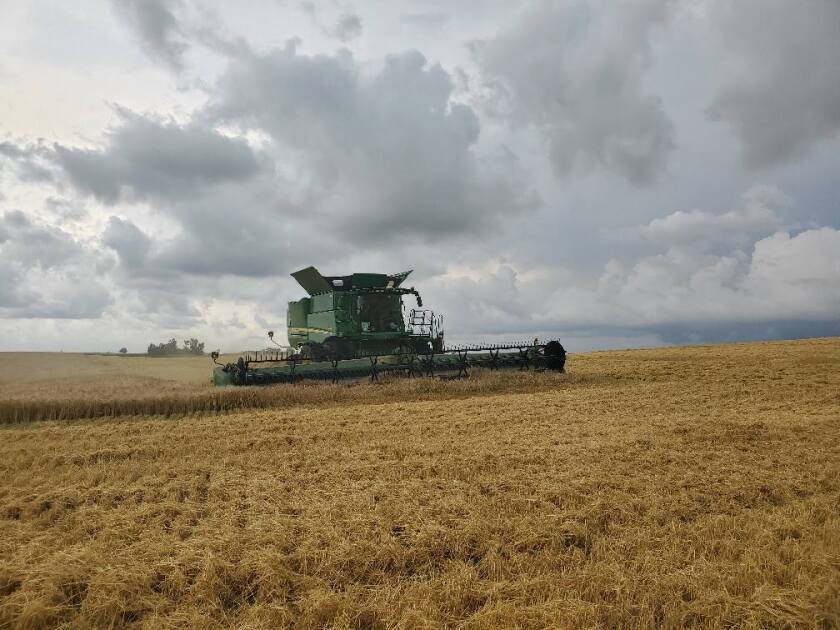
Courtesy of Mass and Sheri Pedersen
Things are more spread out in North Dakota and the weather, both in the winter and the summer, is more extreme, making for a different crop mix than in Denmark, where corn and soybeans aren’t grown.
Pedersen and Nelson agree that cultural and agricultural exchange of information is beneficial to both employee and employer.
“I think the biggest thing is you might learn other ways to do stuff that you’re not used to over here,” Pedersen said. “Many times it’s, ‘my dad, my granddad did it this way so we’re still doing it this way’ where sometimes you might learn something that might benefit your operation that hasn’t been thought of.”
“I feel we gained as much as they do,” Nelson said. “Learning about different countries different traditions. It’s been a great experience.”
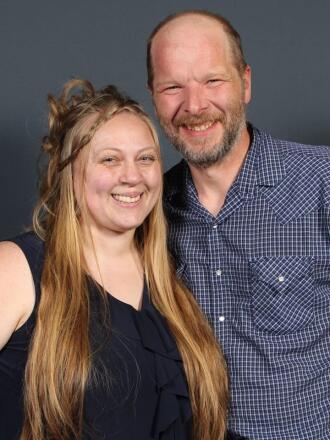
Courtesy of Sheri and Mass Pedersen
Pedersen said he had no plans to stay in the U.S. when he first came, but said he “accidentally” found a girlfriend.
He jokes that she was one of two single women in the nearby spot of Mapes, North Dakota, with the other being her grandmother.
He kept getting his H2A visa renewed but knew there could be a day when it would not be. He said that can happen for seemingly no reason. If someone at the embassy, “had a bad day, they could tell you ‘no’” he said.
When his visa was not renewed, the couple was faced with a choice — she could move to Denmark or they could get married and stay in North Dakota.
Now Pedersen and his wife Sheri Pedersen are raising three children at Michigan, North Dakota.
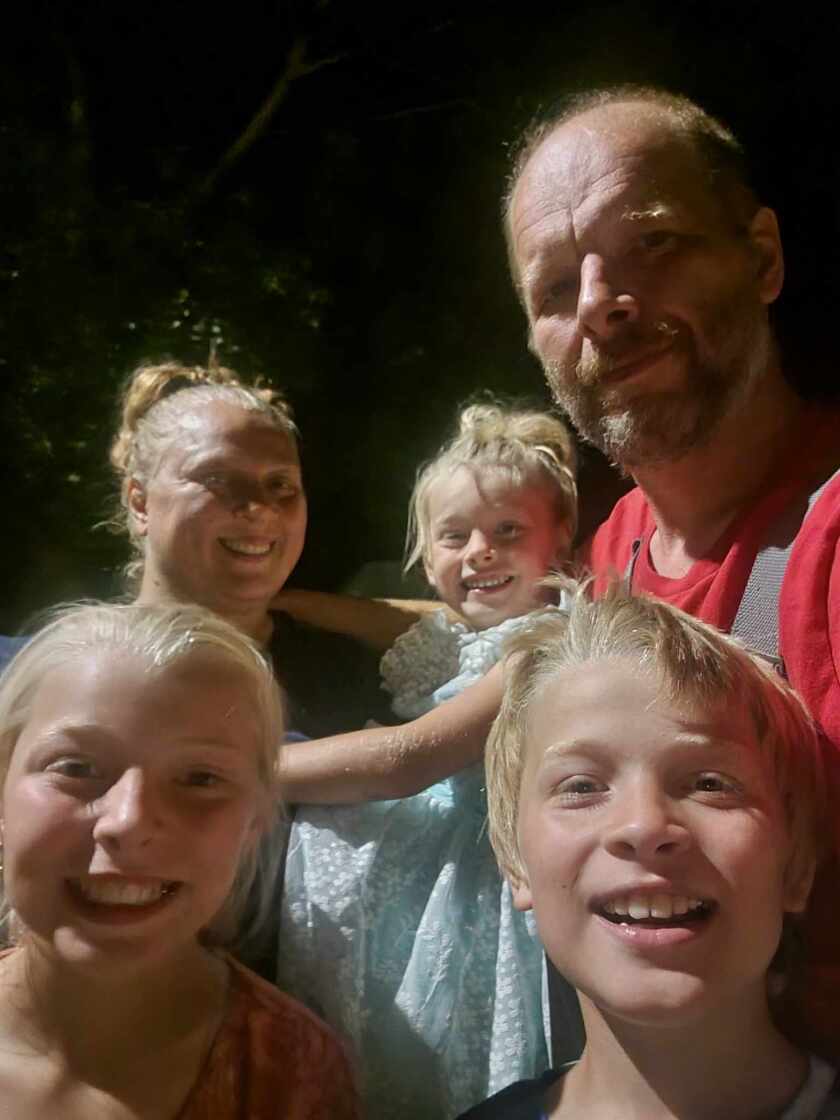
Courtesy of Sherri and Mass Pedersen
They try to bring the whole family to see his parents in Denmark about every three years.
Both Pedersen and Nelson used the term “like a second family” when talking about the employer-employee relationship.
But Pedersen also encourages young people, from his homeland and from the U.S., to go on an adventure and get away from Mom and Dad.
“I think a lot of young people benefit a lot from that.”

North Dakota
North Dakota Fossil Site Reveals When Asteroid Killed Dinosaurs

North Dakota
North Dakota Polynesian Club celebrates culture at PAC Fest

BISMARCK, N.D. (KFYR) – A fairly new group, the North Dakota Polynesian Cultural Club, hosted its first Pacific Island, Asian, Arts and Culture Festival, or PAC Fest for short.
The North Dakota Polynesian Club invited the public to come eat cultural food, watch performances of cultural dances and listen to special speakers at Lord of Life Lutheran Church.
Event organizer, DJ Lamyuen, says he hopes to bring attention to his community.
“The goal and the mission is to bring awareness to our Pacific Islander and Asian heritage,” said Lamyuen.
The performances featured included the Bismarck YMCA belly dancers and traditional Indian dances, celebrating the different ways of life that make the Pacific Islands and Asia diverse. But, the group welcomed everyone from any background to join the celebration.
“That’s all that matters, that we can enjoy each other and different cultures by food, by music, by dance, and that’s all that matters in today’s society,” said Moses Timaly, member of the North Dakota Polynesian Club.
The hope is that this event, and the club, can create a sentiment of unity between the people of Bismarck-Mandan, regardless of where they’re from.
“Not a lot of people out here have resources or friend groups, so this is like an opportunity to kind of get together and know your neighbors and know the community,” said Lamyuen.
A “Best Dressed” Award was also given to whoever wore their cultural regalia or traditional clothing the best.
The group also enjoys working with a variety of nonprofit organizations, such as Bismarck Global Neighbors.
Copyright 2024 KFYR. All rights reserved.
North Dakota
Federal Reserve official says he looks to Bakken for insight on economy

A national banking official said he looks to North Dakota’s oil industry for clues about the health of the region’s economy.
“The Bakken, and North Dakota, is very interesting in giving me insight into what’s happening here and what it means for the broader economy,” Neel Kashkari said Thursday, May 16, while speaking at the Williston Basin Petroleum Conference in Bismarck.
Kashkari is president of the Federal Reserve Bank of Minneapolis, which serves North Dakota, South Dakota, Montana, Minnesota, as well as part of Wisconsin and Michigan. The Federal Reserve Banks are independent financial institutions that manage the U.S. economy.
In ordinary circumstances, when the economy is healthy, unemployment is low and the average rate of inflation is about 2%. However, if one of those factors is thrown out of whack, the Federal Reserve may decide to intervene.
“If the economy is growing too slowly, we will traditionally cut interest rates to try to give it a boost,” Kashkari said. “If the economy is overheating and inflation is too high, like recent experience, we will raise interest rates to try to tap the brakes in the economy to bring inflation back down.”
The Federal Reserve conducts extensive research to help inform those decisions, he said — including looking at employment trends in the Bakken.
“There have been times when the labor market here is incredibly tight, and it’s not been so tight around the U.S. economy, and you’re drawing in workers from all over America to come here — creating opportunity, high wages, and also challenges here in the local economy,” Kashkari said of North Dakota.
Michael Achterling / North Dakota Monitor
Recently, that hasn’t been the case, though. The whole country has had more jobs available than workers to fill them.
“If you have a particularly hot sector, you can’t simply draw workers from the rest of the country, because everyone around the rest of the country also has tight labor markets,” he said.
According to Kashkari, tribal economies are another important part of the Minneapolis Federal Reserve’s research. That’s because even when the U.S. economy is strong, tribes often face barriers that prevent them from accessing that wealth.
Their hope is to identify policies that governments can use to break down those barriers.
“Tribal economies have a unique set of challenges,” Kashkari said. “The economy may do well, different businesses may do well, and we still have people who are not participating in our economy.”
So where is the U.S. economy right now?
A mix of factors — including COVID-19, supply chain issues, an increased demand for consumer goods and Russia’s invasion of Ukraine — caused global inflation to surge in 2021, 2022 and 2023.
These days, however, the economy is doing pretty well, Kashkari said.
Nationwide unemployment is relatively low — it was under 4% as of the end of April, according to the U.S. Bureau of Labor Statistics. And while inflation is still rising more quickly than ideal at around 3.5%, it’s a far cry from its peak of 9% in late 2022.
Consumer spending is also strong.
“As much gloom as there appears to be when people are surveyed about how they feel about the economy, most people are spending like they feel pretty good about the economy,” he said. “If you go on airplanes, they’re usually full. If you go to restaurants, they’re usually full. If you go to a hotel, they’re usually busy.”
The housing market has been unexpectedly resilient, too, he said. It’s remained competitive even after a series of mortgage hikes by the Federal Reserve in 2022 and 2023.
The average rate for a 30-year fixed mortgage hovered around 3% before 2022, but is about 7.5% today.
“We think that there’s a pent-up demand for housing,” Kashkari said. “There’s been a pent-up shortage of housing across our economy for the last decade.”
The conference, which has more than 2,200 attendees, continues through Thursday.
This story was originally published on NorthDakotaMonitor.com
______________________________________________________
This story was written by one of our partner news agencies. Forum Communications Company uses content from agencies such as Reuters, Kaiser Health News, Tribune News Service and others to provide a wider range of news to our readers. Learn more about the news services FCC uses here.
-

 Finance1 week ago
Finance1 week agoSpring Finance Forum 2024: CRE Financiers Eye Signs of Recovery
-

 World1 week ago
World1 week agoIndia Lok Sabha election 2024 Phase 4: Who votes and what’s at stake?
-

 Politics1 week ago
Politics1 week agoBiden’s decision to pull Israel weapons shipment kept quiet until after Holocaust remembrance address: report
-

 News1 week ago
News1 week agoTornadoes tear through the southeastern U.S. as storms leave 3 dead
-

 News1 week ago
News1 week agoThe Major Supreme Court Cases of 2024
-

 World1 week ago
World1 week agoA look at Chinese investment within Hungary
-

 Politics1 week ago
Politics1 week agoTales from the trail: The blue states Trump eyes to turn red in November
-

 World1 week ago
World1 week agoBorrell: Spain, Ireland and others could recognise Palestine on 21 May

